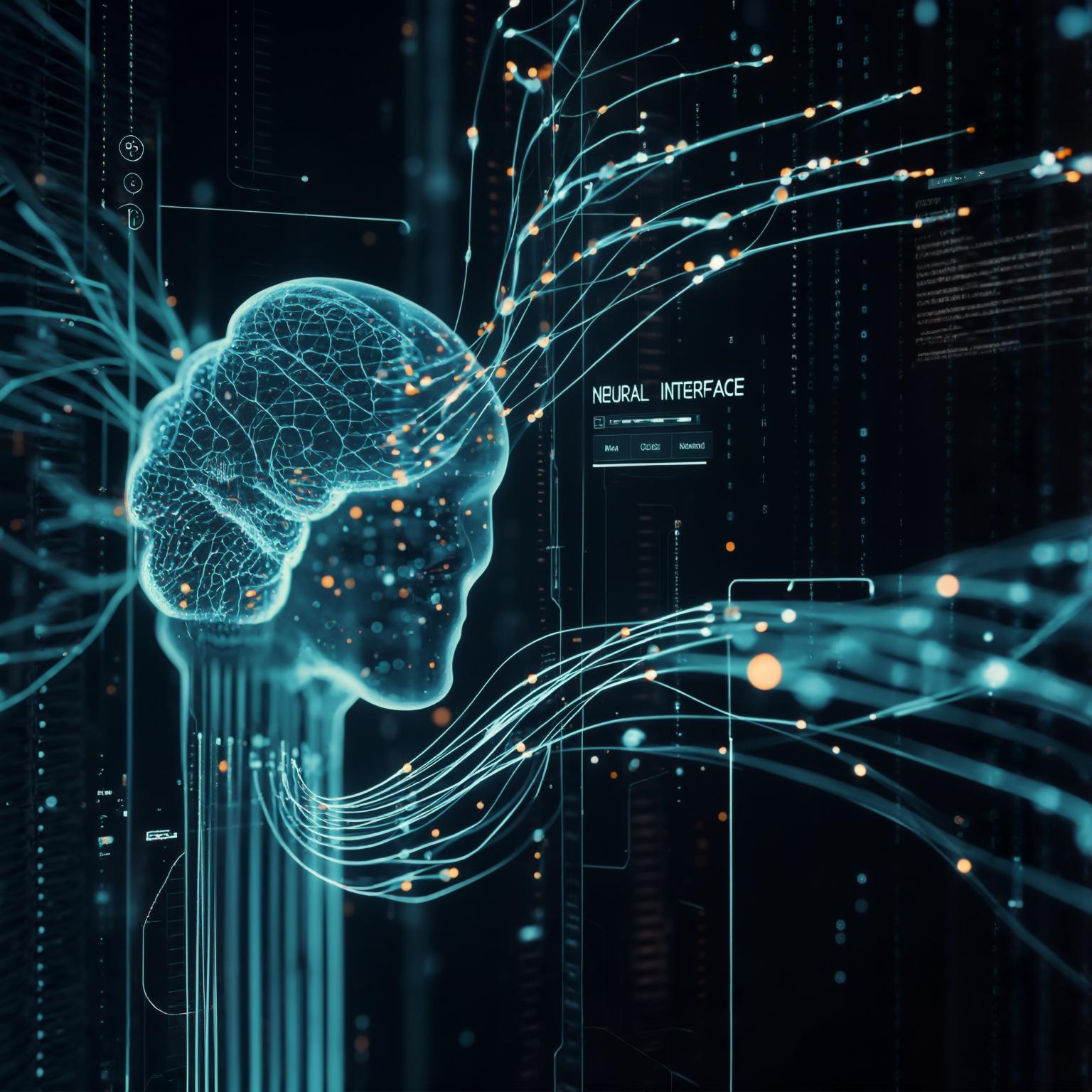Tracing the Origins: Historical Foundations
The quest to connect the human brain with machines is not new. It's a journey built upon decades of pioneering neurophysiological research and visionary experiments that dared to bridge biology with electronics.
1920s: Early Brainwaves
Hans Berger records the first human electroencephalogram (EEG), revealing the brain's electrical activity and opening the door to non-invasive neural monitoring.
1960s-70s: Neural Coding & Primate Studies
Researchers like Eberhard Fetz demonstrate that primates can learn to control a biofeedback meter using the activity of a single neuron, a foundational step in volitional neural control.
1980s-90s: Cochlear Implants & Early BCIs
The success of cochlear implants proves the viability of neural prosthetics. Early BCI research focuses on decoding movement intent from motor cortex signals.
Historical Milestone: Early discoveries set the stage for today’s advanced BCI.2000s: Advancing Neuroprosthetics
Significant progress in decoding complex neural signals leads to demonstrations of BCI-controlled robotic arms and communication devices for paralyzed individuals.
Forging the Link: Key Technological Advancements
The evolution of BCI from concept to reality has been fueled by relentless innovation in both the physical hardware that interfaces with the brain and the sophisticated software that interprets its complex language.

Advanced Hardware & Sensors
Breakthroughs in electrode design (e.g., Utah arrays, Michigan probes, flexible polymers), sensor miniaturization, and biocompatible materials now allow for safer, more stable, and higher-resolution neural recording, both invasively and non-invasively.
Technological Leap: Modern sensors capture neural activity with unprecedented precision.Sophisticated Signal Processing
Advanced digital algorithms, including machine learning and AI, are crucial for filtering noise, extracting relevant features from raw neural data, and translating these patterns into meaningful commands for external devices in real-time.
Software Evolution: Cutting-edge signal processing transforms neural data into actionable insights.From Lab to Application
What began as exploratory research has matured into practical applications. We're seeing BCIs transition from controlled laboratory settings to real-world solutions that restore lost functions and enhance human-computer interaction.
Clinical Impact: BCIs are transforming from research tools to life-changing solutions.